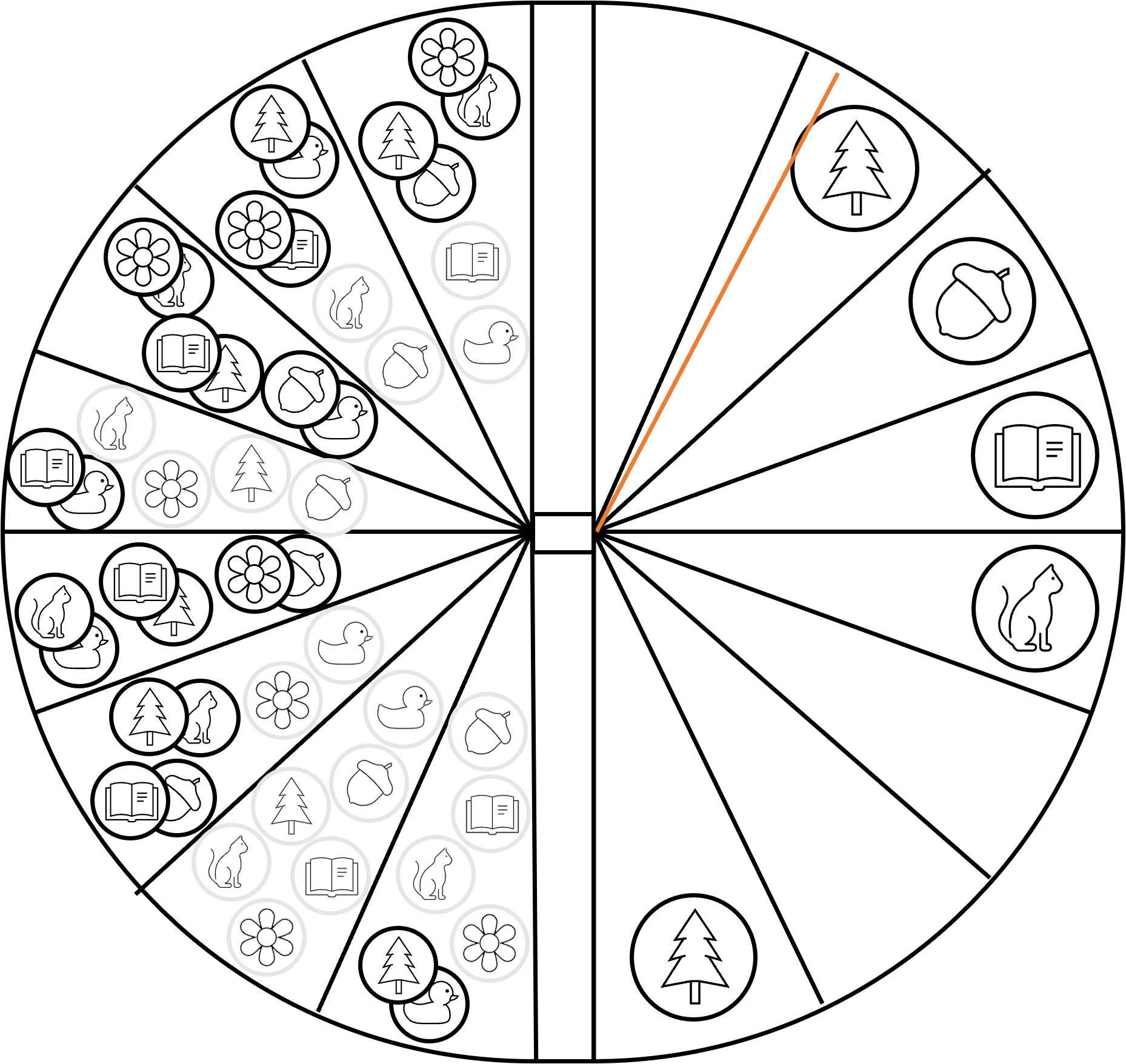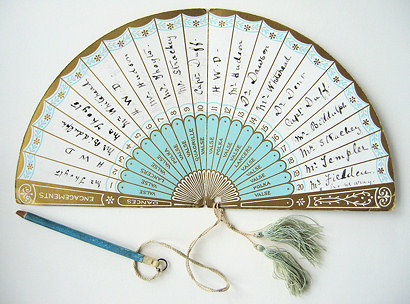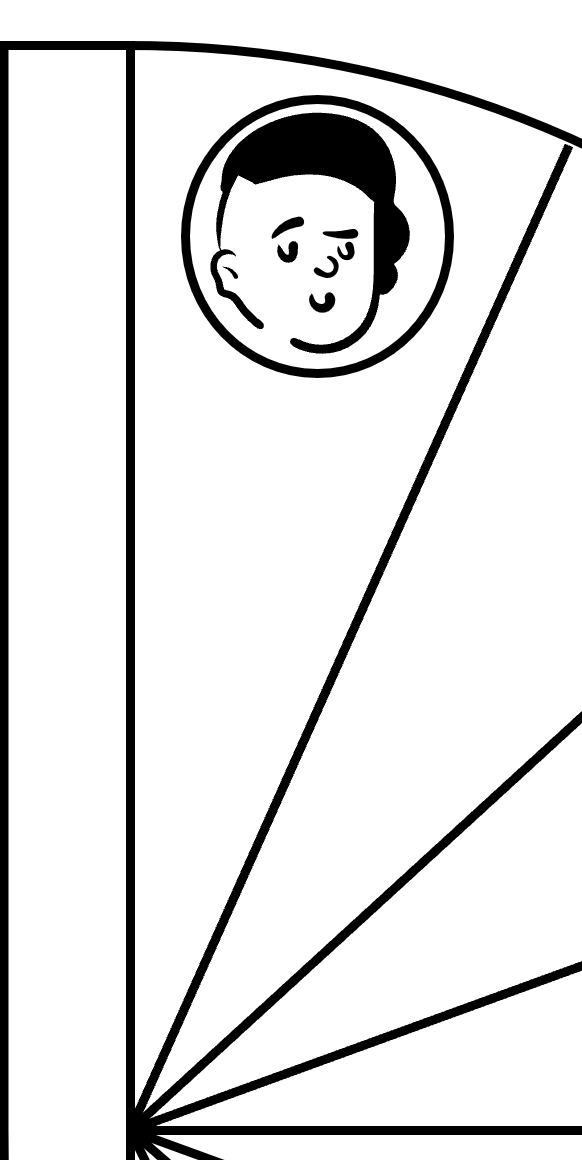.
Using a digital Jane Austen metaphor to build social connections in hybrid teams

Challenge
Hybrid working groups need strong social connections, just like in-person teams do. But we don't have easy ways to make and keep up those 1-on-1 connections digitally. Water coolers, break rooms, and hallways don't exist in digital spaces, so where can we run into coworkers and get to know each other?
Digital Interstitial Moments
With this design, I created a way to make these casual moments of chat, called interstitial moments, happen digitally. Knowing how strong a good digital metaphor can be, I wanted to find a metaphor that would be familiar to us as we work today while matching some of the restrictions of digital interactions. By restrictions I mean things like we can't control how close we are to each other in meetings and we can't whisper to each other in meetings. Because some of these social norms are decided for us by the technology we're using, I found a metaphor that already had strict social norms and rules that would fit well with that: Jane Austen's novels.
Specifically, I wanted to see what Dance Cards could do as a digital metaphor for casual social chat.
What's a Dance Card for?
A dance card was a way to keep track of your dances over the course of a ball and who you would be dancing with. Dance cards had a line for each planned dance and had a pencil so your partners could write their name on that line.
A major reason for dancing at balls (you know, besides it was fun) was a chance for two people to chat one-on-one and for the larger community to know who was chatting with who. Everyone saw who was dancing not just by looking at the dance floor, but also by looking at people’s dance cards (which they carried or hung on their wrist) and seeing whose name was written for each dance.
So the dance card is practical, so you remember who you're supposed to dance with. And the dance card is also social, so everyone can know who is connecting with who.
And that is just what interstitial moments do for social groups: help pairs connect socially while keeping the group aware of who is connected to who. The dance card is a logging system for that evening's interstitial moments.
Digitizing the Dance Card
My next questions was how to map the various practical and social parts of the dance card into a new digital tool.
First what sort of social activity should it facilitate? Clearly it wasn't going to be literally about dancing. I chose a simple voice chat over video to keep it as casual as possible. It should be a relaxed chat, not a social obligation. But we'll have quiet music playing in the background, so users know when the calls are happening.
I decided to preserve the visual of the fan-like dance card and map each technical part onto that.
Each line of the card (or leaf of the fan) is a short chunk of time for a chat, maybe 10 to 15 minutes.
Avatars on each leaf show who you're paired with for a chat at that time.
When the time for a leaf starts, quiet music plays, the audio channels for those two users open, and they have a short time to chat.
Lastly, opening and closing the fan puts you on or offline, respectively. Because you can't always be around for a chat.
That's the practical personal side. Now for the group social awareness.
Real cards or fans are double-sided, so I imagined the digital dance card as showing both sides at once, as a circle.
The right side is the user's personal card. The left is the group view, showing all avatars on all leaves of the fan. To write your name on someone else's dance card, you tap that user's avatar for that time. And that's reflected on the group side with two overlapping avatars, so everyone sees who will be chatting with who.
This first design is part of a larger project building new digital metaphors for better hybrid social connections and collaboration. This piece focuses on building simple interstitial moments into the day-to-day of hybrid teamwork.

